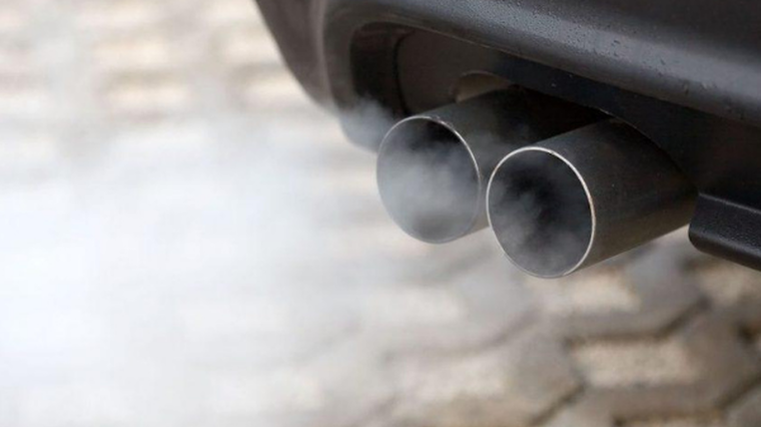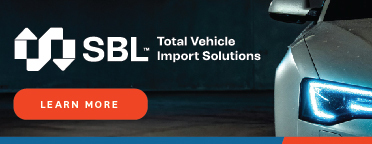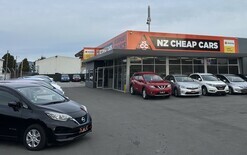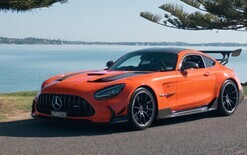Emissions standards warning

The Motor Industry Association (MIA) is warning the range and choice of new light vehicles in New Zealand will be cut if the government presses ahead with a proposed timetable for introducing tougher vehicle-exhaust emissions standards on imports.
It warns having stricter regulations than those in Australia for new light vehicles will be problematic for all volume importers, especially Japanese marques and those bringing in light commercials.
All new light vehicles coming into New Zealand are currently assessed to the Euro 5 standard on the New European Driving Cycle (NEDC), or the US or Japan equivalents, while used imports must meet the Euro 4 requirements.
The government wants to raise those standards and is working on a proposal that will require new imports to meet Euro 6d – or US Tier 3 or Japan 2018 – from February 1, 2025, and existing new models to be at the same level a year later.
It notes the timelines have been “extended significantly” from its original targets and it has scrapped a previous plan for an interim goal of new light vehicles complying with the Euro 6b from June 2024.
For used imports, the plan is to shift the assessment for light vehicles to Euro 5 from September 1 this year. Used petrol cars manufactured from 2024 would have to meet Euro 6d from February 2025, before models with other powertrain options shift to the same standard from the start of 2028.
The MIA has written to Michael Wood, Minister of Transport, raising its concerns about the proposals, particularly around the shift to Euro 6d as it believes the earlier iterations of Euro 6 are adequate for the Kiwi market.
A letter co-signed by chief executive David Crawford and Mark Stockdale, principal technical adviser, states MIA members need a 24-month notice period from the adoption of any new rule due to production planning timeframes.
As a result, they advise the government’s current timeframe for change will need to be pushed back.
The MIA is also calling for the existing rule protocol to be observed so the date of compliance refers to the vehicle’s date of manufacture and not the date of entry into service, as it is in Australia.
This would accommodate production and shipping delays that mean pre-ordered vehicles may arrive after the date of introduction of new standards.
As previously outlined to officials, adopting Euro 6d ahead of Australia for light vehicles will pose problems for the domestic market because 80 per cent of new vehicles sold here are compliant with Australian Design Rules (ADR).
“Such a proposal would significantly curtail the range and choice of new light vehicles able to be sold in New Zealand,” explain Crawford and Stockdale.
“In some cases, importers may be able to source European-specification models, provided manufacturers can supply sufficient quantities. But these may be of an inferior specification to the models currently supplied – New Zealand consumers having a preference for higher equipped models.
“Furthermore, while it may be possible to source passenger cars and SUVs this way, it is more challenging with light commercials, particularly utes, as some models are unavailable in Europe and not complied to Euro standards.”
They add that engineering models to Euro 6d solely for the New Zealand market will impose a cost, “which will ultimately be passed onto the consumer”.
However, if New Zealand adopts higher emissions standards after Australia, the engineering costs will be spread over a much greater volume of vehicles.
Crawford and Stockdale suggest re-engineering vehicles for the Kiwi market may also take research and development funds away from any investment by marques in electrification development.
The technology needed for Euro 6d adds extra operating expenses for consumers, such as AdBlue having to be used in some diesel vehicles. These will add to further costs under the clean car discount and the effect of the clean car standard on prices, particularly for light commercials.
There is also no improvement in tailpipe emissions for petrol-powered vehicles by moving from Euro 5 to Euro 6. “As we previously noted, removing an ICE [internal combustion engine] vehicle has a far greater impact in improving air-quality outcomes compared to increasing vehicle exhaust-emission standards.”
Other concerns raised by the MIA officials include Euro 6d requiring an in-service conformity test, for which no suitable facilities exist in New Zealand so any new rule would need to exempt vehicles from this.
Another problem is that the three emissions standards proposed for new vehicles are not wholly equivalent. Euro 6d has more parameters than the Japan 2018 testing regime for example, which is more approximate to Euro 6b.
“This puts vehicles sourced from European markets to a higher standard – and cost to consumers – compared to those complied to Japanese or US standards. The MIA’s preference remains that Euro 6d shouldn’t be mandated in New Zealand until such time as it is adopted in Australia, and Euro 6a, b or c be adopted instead.”
The MIA also notes the government’s proposed date of February 2025 for adopting Euro 6d for newly introduced models and used petrol vehicles manufactured from 2024 aligns with the introduction of “Australian Euro 6d compatible petrol”.
However, Crawford and Stockdale say they have been advised by the MIA’s Australian counterpart, the Federal Chamber of Automotive Industries, that this timeframe has not yet been finalised.
The MIA goes on to recommend the proposed Japan 2018 codes include “5BA”, which applies to ICE vehicles. The government’s plan as it stands will permit hybrids and plug-in hybrids to a 5xx standard, but not cover conventional ICEs.
“This would – in effect – be a ban on conventional ICE vehicles from February 2025 when no such ban has yet been proposed, and thus significantly curtail the range and choice of vehicles available from Japanese marques.”
The association’s latest correspondence with Wood follows talks with the Ministry of Transport (MoT) last year when the MIA called for a split date between shifting new and existing models to higher emissions standards.
Crawford told Autofile in September that the MIA supports efforts to reduce emissions from light vehicles.
However, he said tougher rules for used imports, and a greater focus on the uptake of electric and low-emissions cars as people replace older ICEs, would provide a faster way to improve air quality than changing the rules for new imports.
The MoT is now seeking feedback on the government’s updated plans before its proposal is shared formally.
Wood notes the MIA’s request to differentiate newly introduced and existing models has been accepted and introduced.
“This results in three more years for light vehicles to shift to Euro 6 compared to what cabinet had earlier agreed,” he says. “This will grant more time for new-vehicle distributors to work with o factories to bring engines up to a newer specification.
“Given the time extensions, we will be pursuing a high-quality standard. This is in order to ensure accurate emissions measurements, consistency between new vehicles and used imports, and to reduce health harms for New Zealanders particularly from diesel vehicles, which are not yet rapidly moving to zero-emissions models.”
The minister adds the suggested timeframe would introduce Euro 6 at about the same time Europe is looking to move to Euro 7 for light and heavy vehicles, which “indicates our dates should not be extended beyond what is proposed here”.
Other classes
The MIA has also put forward its views on the timetable being considered by the government for changing the emissions standards for motorcycles and heavy vehicles.
It is proposed all new and used motorcycle imports shift to a Euro 4 regime, and its Japan and US equivalents, from February 2025 before moving up another level in January 2027.
Crawford and Stockdale say they support such a plan, with the exception of mopeds under the LA and LB classes.
“Low-cost moped or scooter models will be impacted by these emissions standards and, as they are unlikely to be re-engineered just for New Zealand, we can expect the choice and availability of these affordable commuter vehicles will be severely restricted,” they explain.
“At the same time, this type of vehicle is ideally suited to electrification due to the small battery size keeping costs low, and an increasing range of electric mopeds will become available regardless of emissions standards.”
As a result, the MIA believes it’s unnecessary to introduce an emissions standard for class LA and LB that will restrict short-term choice until electric models become widespread. It notes the standards may also limit the availability of “low-cost light motorcycles” in the 51-125cc range for the same reasons.
For heavy vehicles, the government is aiming to implement Euro 5 for used imports from September this year.
Under its proposal, newly introduced models will shift to Euro 6c from November 2024 with existing new models and used imports having to attain the same standard a year later.
All new models will then have to conform to Euro 6e from November 2026, which is later than the government’s initial target for January of that year.
The MIA supports the proposed introduction of Euro 6c, but would prefer respective implementation dates for new models and existing new models to be delayed until January of the following years.
However, the association raises concerns about the schedule for Euro 6e and the removal of ADR 80/04 as an accepted standard for all new heavy vehicles from November 2026.
“This requirement would put New Zealand ahead of Australia and other markets distributors source heavy vehicles from, and so would likely lead to a severe curtailing in the choice and availability of new heavy vehicles.”





